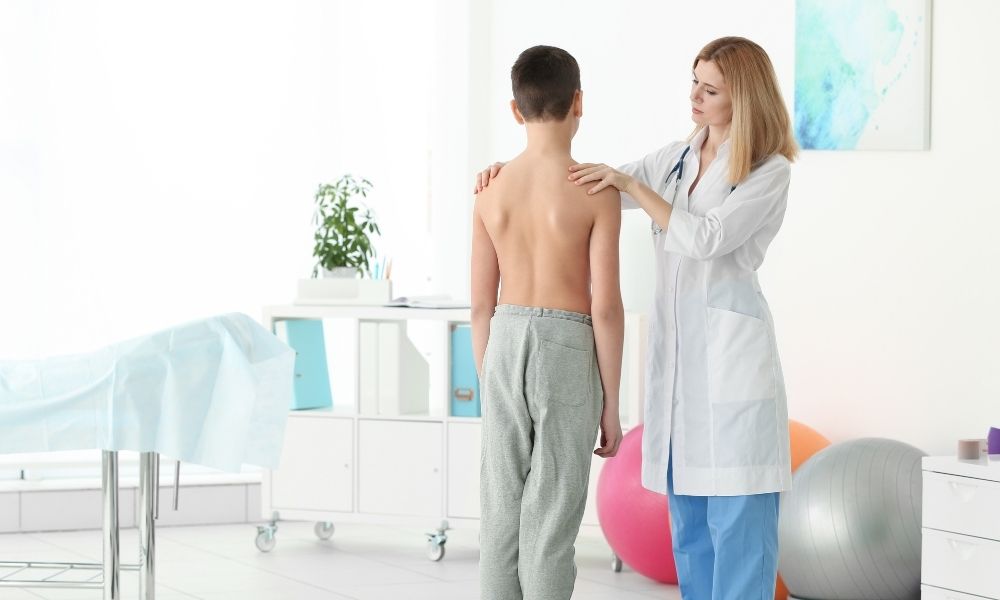Adolescent Idiopathic Scoliosis—also known as AIS—is the most common form of scoliosis. The term “idiopathic” refers to having no known cause, which can cause frustration in both teenagers and parents alike. Additionally, traditional scoliosis treatment options can negatively impact teenagers’ ability to make their youthful years a positive and memorable experience.
Even if there is no known cause, approaching scoliosis treatment needs to consider the patient’s needs and preferences. Lastly, it needs to assist in the patient’s future goals, as it can affect the trajectory of their life. So, here’s what to know about scoliosis treatment methods for your teenager and how to remain supportive of their treatment journey.
Signs and Symptoms of Scoliosis
When it comes to identifying scoliosis in teens, it can become easy to spot with the naked eye. There usually is a curve in the spine, making the body tilt to either the left or right. If a teen has scoliosis, a big giveaway is their body leaning to one side.
Another fact to note is that some teens have one shoulder that might sit higher than the other or have a shoulder blade that sticks out father than the other. Lastly, there are situations where scoliosis isn’t noticeable. So, parents must take their teenagers to their regular checkups, as the health care provider performs a scoliosis exam in the meantime.
Diagnosing Scoliosis
If a parent suspects their child of having scoliosis, the best course of action is to schedule an appointment with their health care provider. The medical provider will track their medical history and examine it throughout work. The health care provider will ask questions regarding family health to check if scoliosis runs in the family.
The health care provider will then refer the patient to an orthopedic specialist, who will help identify scoliosis and treatment. They will measure scoliosis curves in degrees, a mild curve being less than 20 degrees, a moderate curve sitting between 25 degrees and 40 degrees, and a severe curve is more than 50 degrees.
Treatment Methods To Consider
Health care providers will provide scoliosis treatment methods for teenagers if they have been recently diagnosed. There’s a significant chance that the health provider will want the teenager to wear a back brace until they finish growing. Although it may not make the existing curve go away, it will help it from worsening.
While back braces offer a solution for milder scoliosis cases, there’s a chance of a teenager needing a spinal fusion surgery. This procedure requires the orthopedic surgeon to straighten the spine and hold it in place with rods and screws. Afterward, they place a bone graft to join some vertebrae together. After a year of recovery, the bones will then fully fuse.
When your child becomes diagnosed with scoliosis, finding a professional and reliable medical group for help is where Green Sun Medical comes in. We provide adolescents with the necessary support to assist them in their scoliosis recovery. If you have any questions about our childhood scoliosis treatments or the Whisper Brace for your teen, please reach out to us today.

